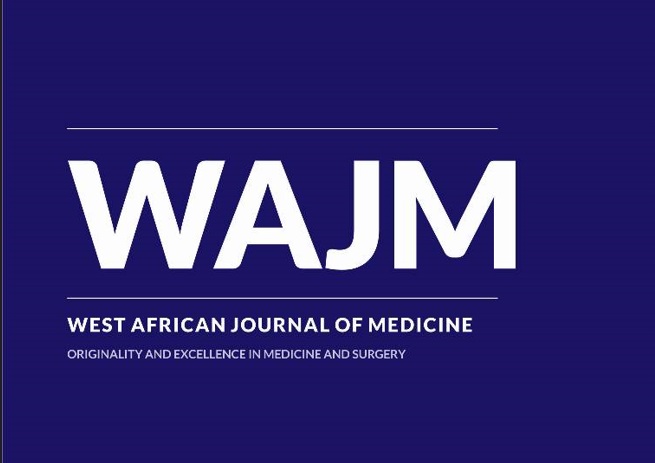ORIGINAL: Assessing the Quality of Life of Healthcare Professionals in High-Stress Units at a Tertiary Health Centre in South-eastern Nigeria
West Afr J Med. 2024 July; 41(7): 789–795 PMID: 39356806
Keywords:
Health centre, Healthcare professionals, Nigeria, Quality of Life (QoL), stress unitsAbstract
Introduction: Work serves as a fundamental pillar of human life, shaping both individual livelihoods and societal engagements. The intricacies of the work environment play a pivotal role in determining the Quality of Life (QoL), with increasing emphasis on creating conducive workspaces that enhance employee satisfaction and productivity. Healthcare professionals, in particular, face various factors that contribute to occupational stress and such stressors can adversely affect their health and diminish their QoL.
Objective: This study sought to assess the quality of life of healthcare professionals in the Intensive Care Units (ICUs) and other stressful units in Nnamdi Azikiwe University Teaching Hospital (NAUTH) Nnewi.
Methodology: A cross-sectional study was conducted involving 296 consenting participants after approval from the ethics and research committees at NAUTH, Nnewi. They were selected using a two-stage sampling approach. Data were collected with a structured self-administered questionnaire adopted from the World Health Organization Quality of Life scale (WHOQOL-BREF) and analysed using Statistical Package for Social Sciences (SPSS) version 25.0. The level of significance was set at P < 0.05.
Results: The results showed the mean overall quality of life score was 74.62 ± 14.0, the mean score for the physical domain (59.15 ± 12.49), the psychological domain (70.16 ± 13.46), the social domain (65.82 ± 18.19), and the environmental domain (53.90 ± 15.49). The majority 268 (90.5%), of the respondents had good quality of life. The profession (X2 =12.44, p<.05), years of work experience (X2 = 25.85, p<.05), and income level (X2 = 19.56, p<.05), show a statistically significant association with quality of life.
Conclusion: The result obtained from this study shows that the majority of the respondents report a good quality of life. Most respondents with poor quality of life were attributed to their profession, years of work experience and income.


